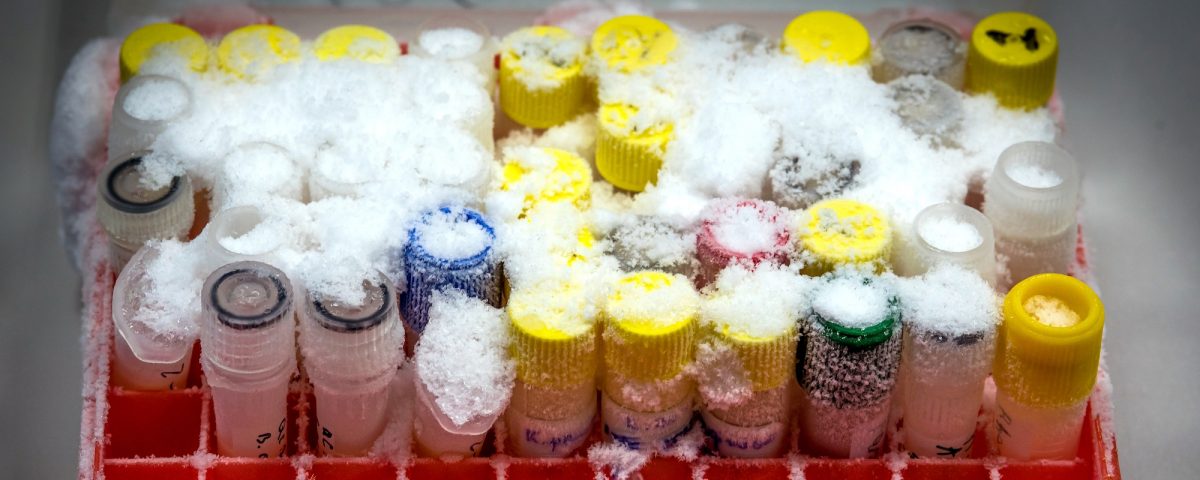
Mandatory Cyber Crime Reporting: Has Landed! – Issue 61
February 16, 2017
Time to Update the Language of Risk
March 10, 2017By Harry Rosenthal
One Monday morning, following a public holiday weekend, a Senior Research Fellow working in a lab noted that power to an adjacent room had been turned off. While searching for the extent of the power loss, the researcher discovered the affected circuit serviced not only the darkened lab but also all devices located in the building’s hallway. In the hallway were two domestic freezers containing research materials. Maintenance staff investigating the incident discovered that two circuit breakers on the electoral switchboard servicing the corridor had tripped at some point in the past. It is unclear for how long the freezer had been on a tripped circuit, but due to the holiday, it could have remained on a tripped circuit for as long as 5 days. All materials in freezers had spoiled and were useless to the three research groups which were using the hallway freezers.
Clearly there are many factors which contributed to this loss. The ill-advised use of a domestic freezer as a repository for valuable scientific samples is immediately apparent; as such devices are not suitable for this intended purpose. The researchers purchased this particular domestic device as it did not have an automatic defrosting cycle as most home freezers did, and therefore kept the samples at a continuous temperature. They chose not to invest in a research grade device. It is unclear why both freezers had been moved out of the lab to the corridor, as this was not the practice in all labs in this building; however, the Facilities Division or their contractor had installed the power point used to accommodate these devices in the corridor and was aware of their location. That said, it was unclear whether the University conducted electrical testing of either device in accordance with the relevant standards AS/NZS 3000:2000 and AS/NZS 3760:2003, in particular the sections which regard residual current circuit breaking testing (RCD).
This incident resulted in a total loss to the Researchers, costing hundreds of thousands of dollars, and could have been easily prevented. The proximate cause of the loss was tripped circuits, which could have been expected to occur, as the building was undergoing electrical upgrades at the time of the loss. Secondly, the practice of moving freezers from labs to the hallways was also ill-advised, especially with no load testing done to determine whether there was adequate mains power in the hallway circuit. Furthermore, the freezers were not hardwired in to the mains power points and could have simply been unplugged, which was not the case in this incident. Thirdly, it is clear that once the freezers were in the hallway, they became orphans, with very little monitoring or attention by the staff. Being domestic freezers, there were no alarms or other ways of notify the Researchers of falling internal temperatures. Finally, there was no back-up power or maintenance contract for the devices to determine whether they were prone failure due to age or mechanical problems.
In summary this tragic loss the result of set of circumstances, many of which will never be fully known. Contributing factors originated in an unknown electrical problem, but the devices were extremely vulnerable being located in a hallway, without any type of monitoring, either electronical or administrative by research staff.
While issues surrounding the reliability and appropriates of the power supply to the laboratory contributed significantly to this event, power failures were foreseeable. The root cause of this loss was the failure of the TCEs to alert staff to changes to internal temperatures. The devices were not designed for reliable commercial application, and contained no temperature alarms or an ability to attach such alarms to a building monitoring system. These shortcomings coupled with the administrative failure of the research staff to regularly inspect the TCEs located in corridors contributed to the loss of research materials and interruption from this incident.



